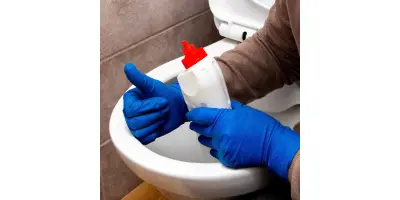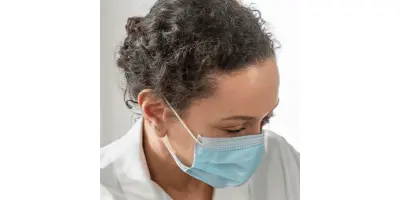Hand Sanitiser
Quick-drying and highly effective, our alcohol sanitisers help reduce germs on the go, ideal for high-traffic areas.
View All
Quick-drying and highly effective, our alcohol sanitisers help reduce germs on the go, ideal for high-traffic areas.
View AllWall-mounted, automatic or manual. Get the right dispenser for your space, matched perfectly with your soaps and sanitisers.
View All
Good hand hygiene can reduce infection rates by up to 50%, yet it's often overlooked. In care environments, boosting compliance is one of the most effective ways to cut risk.

Toilet flushing can send bacteria and viruses over a metre into the air. Always close the lid and regularly disinfect surrounding surfaces to stay safe.

Handles, switches, keypads, and rails are infection hotspots. Regular disinfection of these areas helps stop the spread of harmful microbes.

Choosing the right disinfectant is crucial. Factors like contact time, kill spectrum, and surface compatibility determine how well germs are eliminated.

A face mask must fit snugly over the nose and mouth, and be changed when damp. Improper use increases the risk of cross-contamination.

Bacteria can form a protective layer called biofilm, which shields them from cleaning agents. Breaking it down requires targeted disinfection techniques.
Discover the latest research on restroom hygiene practices in care homes, revealing the unexpected impact of toilet lid closure and the critical importance of using effective disinfectants.
Learn MoreThe numbers associated with log reduction, such as 99.9% or 99.999%, might seem trivial, but they hold profound implications for the effectiveness of a disinfectant.
Learn MoreIn the dynamic environment of a care home, the safety and well-being of both residents and staff are paramount. One crucial aspect of ensuring a secure and healthy workplace is understanding and implementing COSHH regulations.
Learn MoreThe important stages of hand hygiene within healthcare environments, giving you the correct procedures for washing and cleaning your hands at every stage of patient care.
Learn MoreStay compliant with regulations with our fantastic range of Infection Control Products, including Antibacterial Surface Wipes, Sprays, Hand Sanitisers and Hand Wash. Our products have been tested to help prevent the spread of infection throughout your setting, keeping those you care for and your staff safe. In response to the pandemic we have launched laboratory tested Antiviral Spray to target enveloped viruses in the workplace.